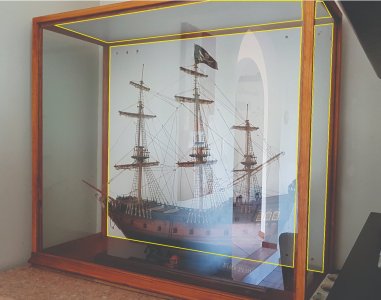- Joined
- Sep 3, 2025
- Messages
- 16
- Points
- 23

The tape used here is PET.....available on Amazon.com in quire a few widths....Has anyone seen this YouTube video of an excellent way of building acrylic display cases? Doesn’t use glue but double sided tape only 3mm wide and very thin. I’ve made a few myself and works very well!
Just need the cost of acrylic sheets. And maybe a table saw for cutting. No other tools required.





